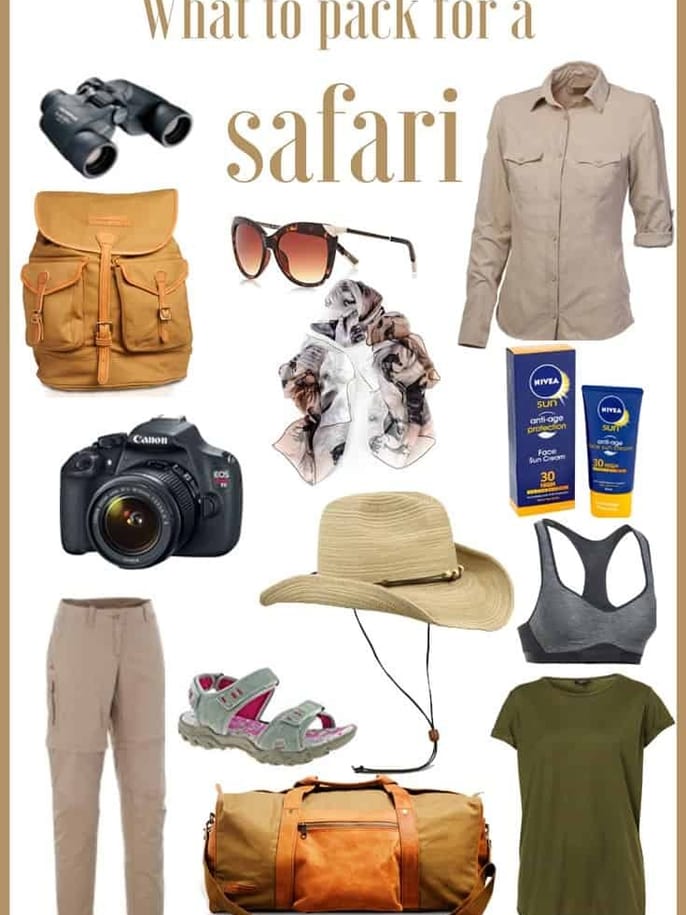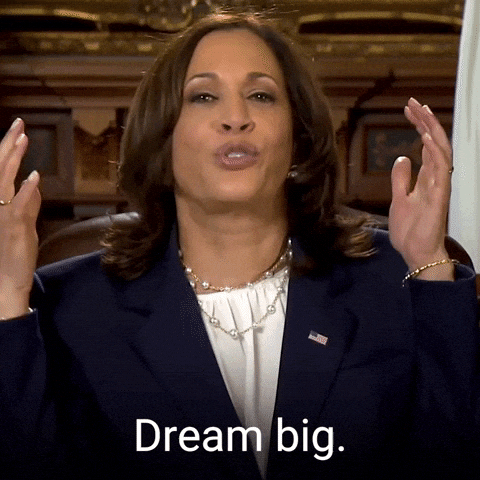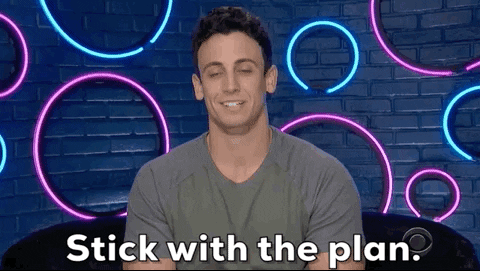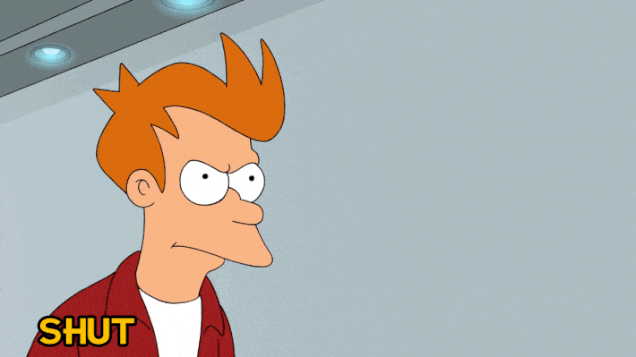Life is lived in moments. Tiny little snapshots of time, vaguely measured, but experienced deeply: like getting your first car, your country getting through to the finals of the football world cup, or your daughter leaving home for university.
These little moments are the punctuation in the stories we write every day. These little moments are what Google calls ‘micro-moments’ – and they are the trigger for every purchasing decision. Including travel.
People love to travel: It means time with loved ones. But it’s also a big decision which we want to get right: it’s our precious time, our money, our effort – our joy. How we (all travel customers, that is) get to our destinations is not a simple case of “book tickets, go”. It’s a string of decisions (=customer journey), informed by a process (= micromoments) that we may or may not be aware of.
Google separates these micromoments into 4 types of moments:
DREAM – PLAN – BOOK – SHARE
- DREAM or I-want-to-get-away-moments (when you are dreaming of getting away, but have no idea yet where to go and are open to inspiration).
- Time-to-make-a-PLAN-moments (when you are actively starting to research and weighing up your options. This country or that. This tour operator or that. This hotel or that).
- Let’s-BOOK-it-moments (when you’ve done your research and ready to hit that “book now” button).
- SHARE or I-Can’t-wait-to-explore-moments (when you are in destination and you want to share your wonderful experiences).
In each of these four moments your potential guest, your potential client has different informational needs.
What resonates with someone in an “I-want-to-get-away-moment” is not the same as with someone in an “Can’t-wait-to-explore-moment”. Even though it’s one and the same person you are targeting. In other words: how you communicate with the same client at different stages of the customer journey needs some consideration.
So if your brand wants to cut through the noise and be found by your audience with a message that resonates with them IN THAT MOMENT, and compels them to take action then you need to understand micromoments.
In this blog post we show you how to use micromoments in all your PR and content planning – before, during and after their trip, so that your travel brand is in front of clients with the right message at the right time.
1. Dream (I-want-to-get-away-moments)
It’s early November and Christmas is not too far away. You know you’ve got two weeks off and wouldn’t it be nice to go away. However, at this very moment you are sitting at the dentist (everyone’s favourite place). You are waiting to be called. You have nothing to do so you scroll through your phone.
You go on your Google newsfeed and scroll through the news and up pops an article by Conde Nast Traveller about the “Best foodie breaks this Christmas”. You’re inspired.
In that moment you are feeling what Google calls an “I-Want-to-Get-Away Moment”. The sudden need to travel, to get away.
In your case it was inspired by a travel article in an online newspaper (most likely pitched to a journalist by a company like Lemongrass). Other times, a client’s desire to travel is awakened by an Instagram post by an influencer or a poster on the Underground.
This is the stage where travellers are looking for inspiration – and their curiosity is sparked by a piece of content (online, offline, words, images, videos) that inspire, surprise or make us laugh. In other words travellers at this stage are not yet consciously RESEARCHING different options. They are open to inspiration. And the content we as travel brands need to put in front of them to target a potential client IN THAT MOMENT has to reflect that.
Where should travel brands be in this moment?
This phase is at the top of the customer journey, and the widest part of the conversion funnel. It’s big, broad – and it can get pretty noisy. The marketing tactics at the top of the funnel should be:
- Google Search – organic results (= PR, Digital PR) and paid (Google Ads)
- Social media – posts and ads, influencers and content creators
- YouTube
- Community forums – like Reddit and Mumsnet
- TV and radio (either via PR or paid for opportunities)
Can you see that your website doesn’t even feature here? That’s because at this stage of the customer journey your website is irrelevant. Because a potential traveller at this stage either doesn’t even know you exist or doesn’t care. In that moment they are looking for inspiration.
Okay, so we’ve got platforms and formats – but what about content? You know, the actual, useful stuff?
What kind of content will convert?
Here, we’re beginning a conversation, we’re treading lightly and building a picture of our brand in our audience’s mind. We want to be interesting and inspiring. Humour also works well in this stage of the customer journey. The ultimate aim is to be memorable for when that person comes to organising their trip (and this may be within weeks or even months).
Your audience is seeking content that will help them move from dreaming, into planning. Therefore you want to consider your content across all channels carefully. Our top tips for content are:
- Develop content that surprises, makes people laugh, tugs at the heart strings. That’s memorable stuff.
Content isn’t just words – it’s also images and video. Think about how your surprising/emotional message can be conveyed in different formats. - Video content is underused in the travel industry – yet speaks a thousand words when it comes to being emotionally engaging. We now pitch to journalists a lot with videos!
- Regularity is key. You want to capture as many dreamers as you can and want to develop multiple touchpoints.
- But always remember the relevancy to your audience. Think about your audiences and segment them. If you have no idea how to do this please read our blog post on how to find your audience.
- No salesy messages at this point!
2. Time-to-make-a-plan-moments
Next, your audience is ready to begin planning.
This is where inspiration and funny content becomes irrelevant. Instead people want you to be HELPFUL.
What kind of content will convert?
Remember the video by andBeyond above? This would be entirely the wrong video for this stage of the customer journey.
At this stage of the customer journey people are weighing up their options and the rational/factual side of content becomes much more important than the emotional side.
This is where things get confirmed slowly – weighing up which tour operator to book with, which hotel or lodge to book with, which airline or train to book. It’s where people choose the things they want to see and do, and plan their routes.
People who are beginning their planning stage, will likely be googling things like “what is the best tour operator for sustainable wildlife holidays” ; “is September a good month to travel to Italy’ or ‘What to pack on safari’? Here you want to create content specifically targeting those enquiries.
Expect them to make much more specific searches like “the best pizza in Naples”, “kids days out in Naples”, “are there direct trains to Naples” – research phrases that have a specific local intent.
Create the content they need answers to. If it’s already out there, can you do it better? Make it more local? Make it more meaningful to their moment?
It doesn’t always have to be a video by the way. Here Mowgli Adventures has produced a helpful infographic on exactly the same topic:

Likewise you could turn this into a blog post for your website (Top 10 tips for packing for a safari), a press release, a pitch. Whatever style of content you choose (video, infographic, blog post) – don’t waste the opportunity and send it to the customer only once they’ve confirmed. That’s too late, you’ve missed a marketing opportunity here as people are googling what to wear on safari before booking! And you want to be found when they are googling for that information!
So remember what we said above, always think of all the ways a story could be told: video, words, images.
It’s particularly good because it speaks to a specific audience “honeymooners”. So if someone is searching on Google for “Best honeymoons in Thailand” you can be sure that video will be coming up in their search.
Where should travel brands be in this moment?
Here, we’re building helpful content. You want your brand to show up on Google for those specific queries. PR and social media are your friend here as are helpful videos. But increasingly your own website (blogs/helpful content) is becoming more important.
Thus you should regularly perform a content audit. How is your current content performing, and where are people dropping off? This way you can continually refine the kind of content you are putting out.
Read more: Content Audits: Generate the Right Kind of Leads for your Travel Brand
But isn’t that expensive? Here’s a golden nugget for you
We’ve seen countless inspirational videos by travel brands. Glossy, produced at high costs. And almost all aimed at the DREAM stage of the customer journey.
Yet, the PLANNING stage of the customer journey gets benignly neglected by most travel brands. But it’s the one in which the greatest ROI is to be had.
Because there isn’t actually that much content out there by travel brands that’s specifically aimed to be helpful. So it’s easier to cut through the noise.
But also because video content for the PLANNING stage is especially cheap to produce.
Look at the Mahlatini or Audley videos above. They don’t require expensive film crews. It’s a person sitting in a room, explaining something. There may be a map thrown in – but anyone who understands a video editing tool – can do the job. Or even better: Make the most of influencer trips to support content creation. We as a PR agency have organised hundreds of influencer trips for our clients. As part of the agreement with the influencer we get them to produce videos on certain topics for our clients (like “what to pack on safari”). Unlike with a journalist we always negotiate coverage with influencers – can they write a blog post for the client’s website as part of a trip. Can they produce a video like the one by Audley or Mahlatini. Now is budgeting season for most of our clients so think about how you can make the most our of influencer visits so they can support your content needs, too.
So next time you think about content, PR stories or your blog we would encourage you to think about what kind of content would be particularly useful or helpful for your future guest.
And that brings us to moment number three: booking.
3. Book
Your customer is ready to spend – and hopefully, with you.
They’ve got flights ready to book in one app, and they’re checking for dates at hotels in another.
They’ve zeroed in on a few targets, and your offering is one of them. But before they go ahead and book, they’ll be doing some comparisons: amenities, activities, services, airport proximity and transfers – and customer experience.
What matters to travellers most in this moment is SPEED, CONVENIENCE and TRUST.
Where should travel brands be in this moment
Your website and comparison sites are absolutely key in this moment.
SPEED & CONVENIENCE:
Technically, your website in this moment needs to be well optimized (mobile first!). It needs to load fast. Don’t force your customer to make lots of different choices – if you are a hotel sell the rooms first and then provide upsell & add on opportunities. Similarly, if you are an operator sell the basic package and then upsell. For convenience think Amazon, one click buy, “You might also like”. For upselling think Ryanair. Much as we don’t like the airline they are clever with their upsells. Book flights, “need insurance?”, “speedy boarding?” etc.
Finally, are your CTAs (calls to action) on every page and in the right position? That’s important because now you really want to nudge people on to make that purchase and secure the sale quickly. The longer the journey on the website the more chances they’ll drop off and won’t buy.
TRUST:
Have you checked Tripadvisor comments and diligently responded. What about Google reviews? Have you reviewed your website for trustmarkers. Customer reviews, testimonials, “As seen in magazine XYZ”. Are these trustmarkers displayed in the correct position?
This is all work that our Head of Content and Search, Tara does as part of her content review for our clients. So you can be sure your potential clients are reassured at every touchpoint that you are the company to book with.
What kind of content will convert?
Use your website to help your customers convert quickly (hence the absolute need here for a fast loading, mobile first, intuitive website that makes booking EASY). But also ensure you build TRUST (Testimonials from press and customers, Google Reviews etc).
Finally, use your experience with your customers to know what they commonly ask, what they most value and give it to them before they have a chance to second guess their decision.
- Q&A, FAQ pages
- Offers and packages
- Testimonials
- Upcoming events
- Ads on flight booking apps and websites
Make your offering so compelling, and so richly informative, that they won’t even bother seeing what the competition has to show. Win them here – or don’t win them at all…
The content that will win them over and get them to depart from their hard-earned cash is information-based. Your content needs to answer their questions; is your pool heated in September? Do you offer babysitting? How much is the kids club? These may well be the micro moments that make or break your potential booking against the competition.
Ensure your most commonly asked questioned are answered on your website, and are easy to find.
4. Share
What kind of content will convert?
The customer journey ends as it begins: with dreams. Only this time, it’s the dreams of your customers’ friendship groups and social media connections. They’ll tell their friends and family where they’re going and who they booked with, long before they post their first wingshot to Instagram.
But post they will – and if they’re micro or nano influencers, this can be a powerful boost to your marketing. Even if they’re not, you’ll be exposed to like-minded people, in a similar lifestage, with similar interests to your content-sharing customers: AKA your target audience.
So in this stage of the customer journey give your guests every possibility to SHARE their content.
Create hashtags and make them public, put them near wifi codes and public areas. Encourage social interaction with competitions. Offer prizes for reviews. And monitor your coverage.
One of our long standing clients cleverly has a wall with user generated content on their website. Martinhal are a group of wonderful family hotels and resorts and boy do their guests like to share their favourite moments. Go on their website, scroll down and have a look: Martinhal Family Hotels & Resorts – Luxury Family Holidays in Portugal
Their current guests are the ones inspiring future guests to dream of their next holiday!
The little moments you can make for your customers are the ones they’ll share. The unexpected moments, or the “above and beyond moments”. So – be there for your customer, fully present and ready to make their moments magic.
Keeping travel brands in the moment
Lemongrass Marketing is a specialist PR, Digital PR and content agency for travel brands. We combine traditional PR and digital PR – all based on data driven audience insights, to deliver campaigns that speak to your audience – in the moments that matter.





